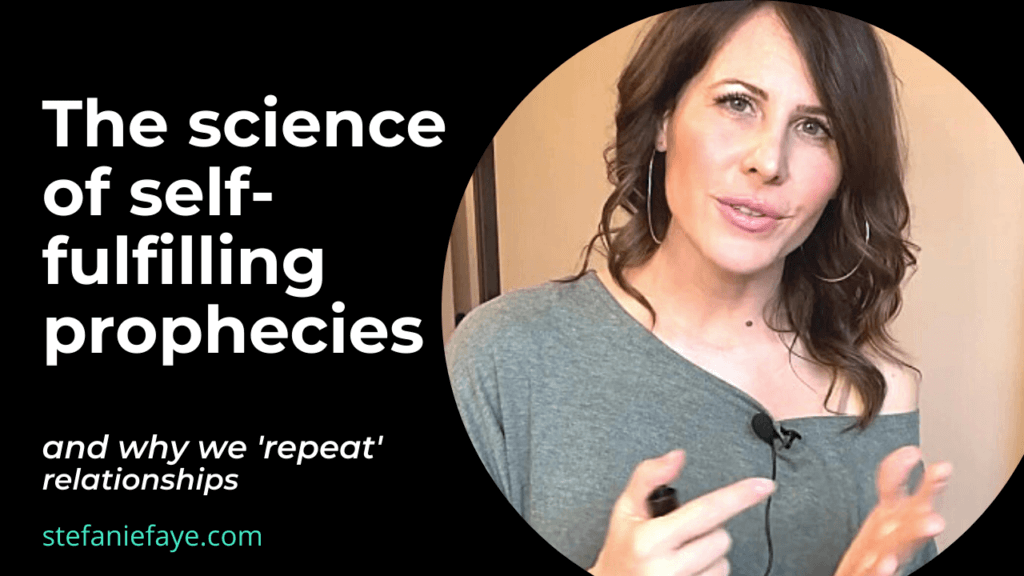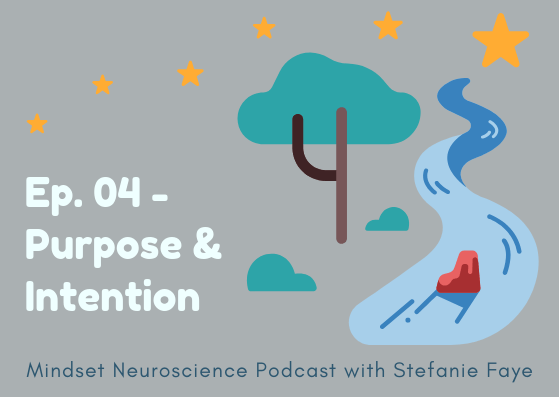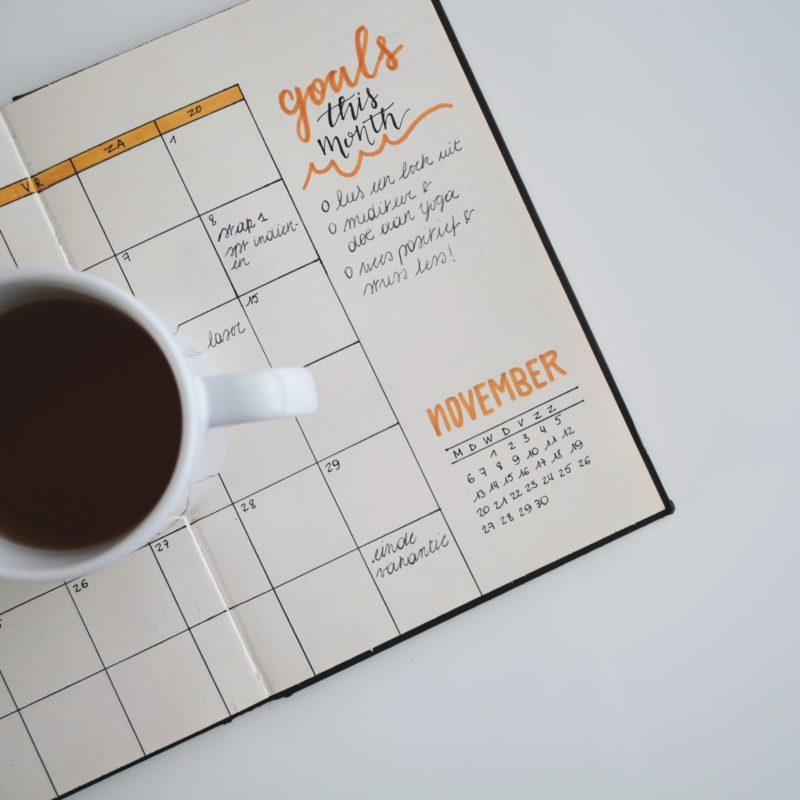
Many of our patterns - whether we want to admit it or not - come from our childhood. It’s hard to get around this fact.
This is because when we are young, our brain is specializing its algorithms and predictive models according to what is happening in its environment. And until very consistently new and competing networks are fired, the old ones - from our first environments - don’t just dissipate by themselves.
Many of the old habits we have from a long time ago don’t spontaneously change.. We have to actively recruit something differently in order for changes to happen. And most of us are not aware enough of our patterns for us to even do that.
The most dominant patterns that start to form begin when we are little and are based on sociobiological signals.
These signals
- are getting transmitted and received between us and the people in our environment.
- are constant and repeated many times in our first environment
- are audible and visible: they come in the forms of frequency of voice, eye gaze, micro movements of the eyes, pupil dilation, movement of facial muscles, flushing of skin, smell of sweat and also kinesthetic experiences such as touch and holding - how someone held our hand (whether lovingly or impatiently), cradled and rocked us.
All of these sociobiological signals are continuously and repetitively registered by the cells in our bodies - the sensory receptors, and various networks within our entire body including our viscera - which then communicate these signals to the brain.
All of these sensory experiences are also influenced by the internal state of the people who surrounded us. Their internal states are affected by what is happening in their lives - how stressed they are within their marriage or at their job, how worried they are about their finances and their futures, etc.
Because we are generally surrounded by the same people over and over again in the first phases of life, these sociobiolgoical signals are repeated enough to build up a strong, predictive dataset for our brain to make calculations about what the ‘world’ is like (as far as our little mind-brain-body can tell thus far). But this data set is limited. It’s based on only a few people. Our little mind-brain-body is taking in massive amounts of information from the flawed and often dysfunctional behaviors and dysregulated internal states of our caregivers. From this tiny number of people, it creates a model of how the world is - what it contains for us in terms of human-to-human interaction.
But our home environment - whether it’s health or not - is THE most important environment for our brain-body to learn how to navigate, manipulate and adapt to. As small children, we can’t choose another environment. So the brilliance of our system is to help us survive and attempt to thrive within the conditions that are handed to us.
To do this, we need to learn how to get what we need. This process includes ‘serving stuff out’ in the form of vocalizations, facial expressions, body postures, movement and many other micromovements and expressions. We serve stuff out and see how it gets returned. This creates a feedback loop that our brain-body can use to figure out what it can do to get what it needs.
All of these serve and return interactions can create neurochemical states that we become familiar with. And this familiar state is something that we get ‘good at’ navigating in a sense, to the point that the facial expressions, body postures, vocalizations etc., become automated. The signals we learn to use in our first environments then become things we unconsciously use in our adult relationships - both at work and in personal life - to attempt to get our needs met.
Until we become aware of these connections, we may use them so unconsciously and often that we re-create scenarios that return us to our familiar neurochemical ‘identity’. Anything that is different from that identity is so foreign that in many ways, we don't have the behaviors and abilities to know how to navigate relationships that are vastly different than what we were used to. We end up seeing our behavior - and the interactions we don't like as 'normal'.
Change is expensive and exhausting to our brain and body. So many times, even if we are offered something different that could be healthy, it puts us in a state of change. If we don’t realize that the struggle we might feel during times of change is a sign of something positive, we may just think something is ‘wrong’ and go back to our usual patterns. These return us to a familiar internal state - which requires less effort, even if it’s unhealthy and brings us unhappiness.
Many people are seeking a quick fix about how to change what feels unhealthy. I hate to break it to you.. the brain doesn't work with quick fixes. It deals in the long-term, repetitive patterns. To change one pattern, you need to replace it with an alternative.
To create the healthy alternative, you need to become aware FIRST that you are even in an automated pattern from your past.
So, as always.. awareness first. Awareness creates the 'aha' which can lead to new choices - these new choices can lead to new feedback. But awareness at every stage is key.
This video will show you how to become more aware of your setpoints and how to use this awareness to avoid falling into self-fulfilling, repetitive patterns in your adult relationships.
have to do with what is currently going on.
they are actually old emotions accumulated
from the past - patterns that arise when
familiar situations appear




